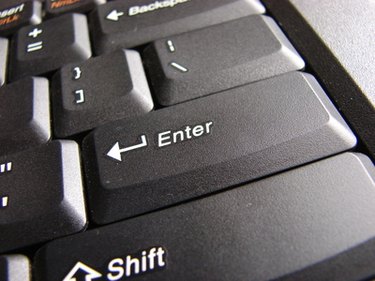
Programs can make changes to Windows' startup routine by adding themselves to the list of programs that start automatically when the operating system is booted. If you want to change these startup settings, you can do so by altering the settings in the Configuration utility.
Step 1
Click "Start" on your Windows taskbar, click "Run," type "msconfig" (without the quotes) into the dialog box and hit "Enter."
Video of the Day
Step 2
Click on the "Startup" tab to reveal the programs in the Startup list.
Step 3
Check the box next to each program that you wish to start with the operating system. Uncheck the box next to each program that you wish to prevent from starting with the operating system.
Step 4
Click the "OK" button and reboot your computer to apply the settings changes.
Video of the Day